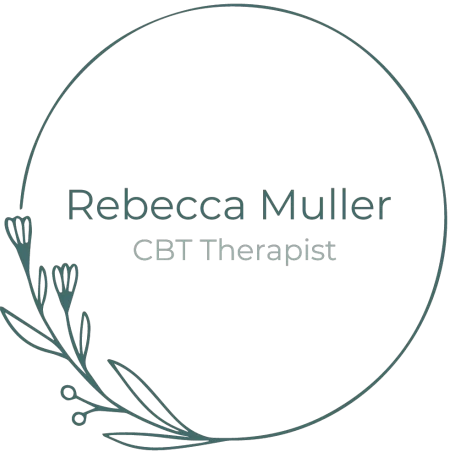Have you ever wondered why certain therapies are recommended over others for trauma treatment? As a therapist based in North Berwick specialising in trauma, I often explain to clients why I use specific approaches like EMDR and Trauma-Focused CBT. These aren't random choices – they're backed by solid evidence and recommended by the National Institute for Health and Care Excellence (NICE) guidelines.
What Are NICE Guidelines?
NICE provides evidence-based recommendations for healthcare in the UK, including mental health treatments. Their guidance isn't created on a whim – it's developed through rigorous evaluation of research evidence, clinical expertise, and patient experiences. When NICE recommends a treatment, it means there's substantial evidence supporting its effectiveness.
The Gold Standard Treatments
For post-traumatic stress disorder (PTSD) and trauma, NICE specifically recommends two approaches:
Trauma-Focused CBT (TF-CBT) helps you understand how your thoughts about the trauma affect your feelings and behaviour. Together, we work to process the traumatic memory, challenge and update unhelpful beliefs, and develop new ways of coping.
EMDR (Eye Movement Desensitisation and Reprocessing) uses bilateral stimulation (typically eye movements) while you briefly focus on the traumatic memory. This helps your brain process the memory so it becomes less distressing and more integrated with your other experiences.
Why These Approaches Work
Both these therapies directly address the traumatic memory rather than just managing symptoms. Research consistently shows they help reduce flashbacks, nightmares, anxiety, and other trauma symptoms. They work by helping your brain process the traumatic memory so it no longer feels like it's happening in the present.
What This Means For You
If you're seeking help for trauma, looking for therapists who offer these evidence-based approaches can be a good starting point. It's perfectly reasonable to ask therapists about their training in these specific methods and how they apply the NICE guidelines in their practice.
While every person's healing journey is unique, these approaches provide a structured, evidence-based path forward. They typically involve 8-12 sessions, though this can vary depending on your specific needs.
Moving Forward
Understanding that there are effective, recommended treatments for trauma can offer hope. Though confronting traumatic memories isn't easy, these approaches provide a way through rather than around the pain.
If you're struggling with the effects of trauma and would like to explore treatment options, please get in contact; I'm here to help. As a therapist trained in both EMDR and TF-CBT, I can support you in finding the approach that works best for you. Recovery is possible, and evidence-based treatment can help you get there.
